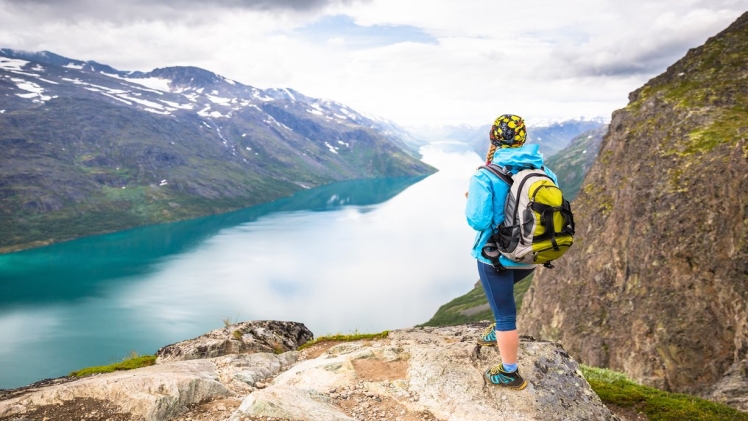In activities such as running, jumping, throwing and kicking, it is the most distal body segments, the hands and feet, which move the quickest. A shutter speed should be selected that is sufficient to provide a non-blurred image of the fastest moving body segments (or sports implements). The choice of shutter speed depends on the type of activity being recorded.
For slow movements, such as a grande plié in ballet or walking, shutter speeds of 1/150–1/250 of a second should be adequate; for moderately fast activities, such as running or a swimming start, shutter speeds of 1/350–1/750 of a second are more appropriate; for fast activities such as a golf swing or a tennis serve, a shutter speed of 1/1000 of a second or above may be needed. An increase in shutter speed will always be accompanied by a decrease in image quality, for given lighting conditions and camera aperture setting.
To obtain the best possible images at the required shutter speed, sufficient lighting must be provided such that the camera iris aperture does not have to be opened excessively If filming indoors, floodlights are often needed to achieve the required lighting level. Bartlett, 1997a, suggests that one floodlight positioned perpendicular to the plane of performance, and one to each side at around 30˚ to the plane, should provide adequate illumination.
Filming outdoors in natural daylight is often preferable to filming under artificial lights, but natural light levels are inevitably less predictable. When filming in direct sunlight, the position of the sun will restrict where the camera can be located. The background must provide a good contrast with the performer and be as plain and uncluttered as possible.
Lastly comment
When filming indoors with floodlighting, a dark, non-reflective background is preferred. Video cameras often have a manually adjustable setting for different light sources (e.g. daylight, fluorescent lamps, sodium or mercury lamps) and white balance, which can be used to enhance the colour rendition.

